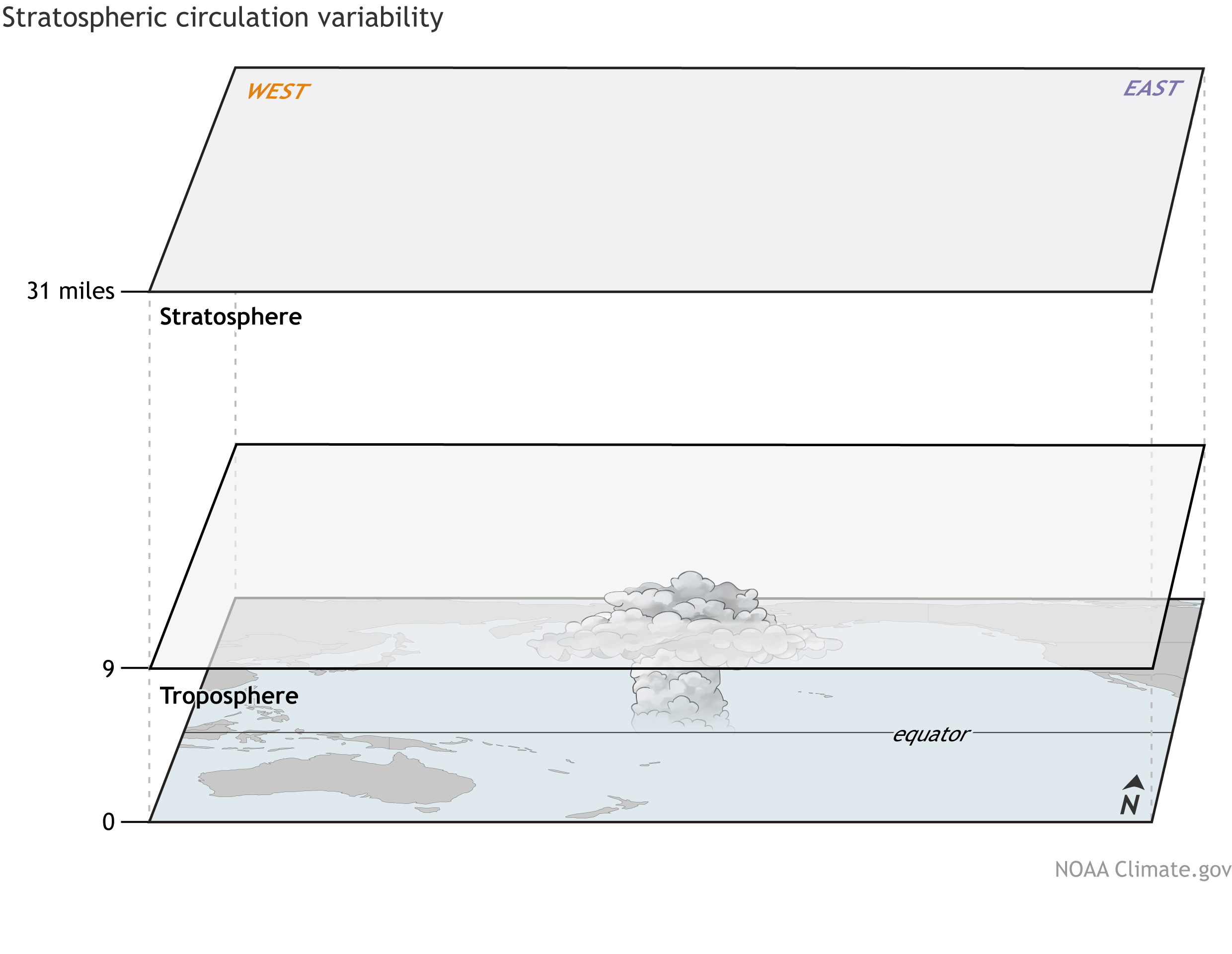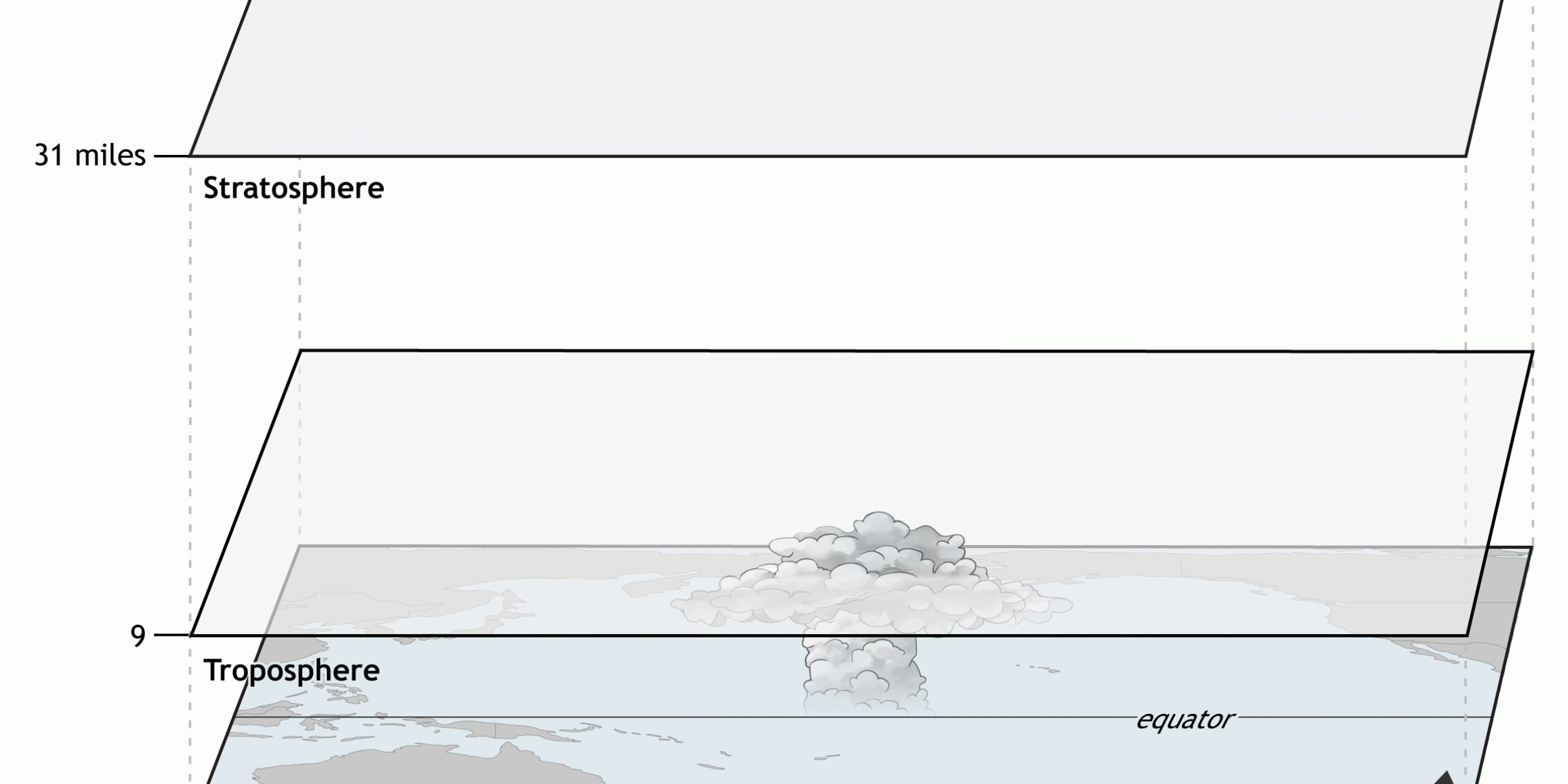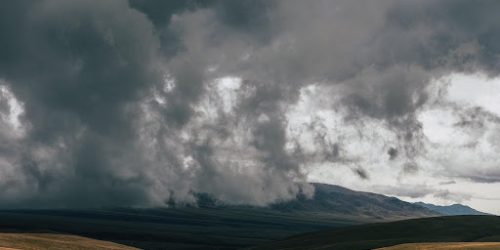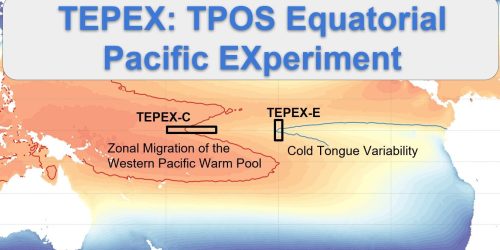

New research just published in Nature Geoscience examines whether the Quasi-Biennial Oscillation (QBO), an alternating pattern of winds high up in the tropical stratosphere, impacts trace gas levels, such as ozone, ozone-depleting chlorofluorocarbons, nitrous oxide, and methane, in the troposphere. Supported by CPO’s Atmospheric Chemistry Carbon Cycle and Climate (AC4) Program, the study shows that the QBO’s influence regularly and persistently extends into the troposphere, impacting trace gas levels at Earth’s surface. In particular, the authors found that the QBO is the primary driver of variability in these trace gas abundances on one- to five-year timescales. The authors note that global budget estimates of ozone-depleting substances as well as other trace gases like methane could be improved by accounting for the QBO’s influence.










